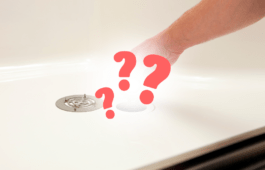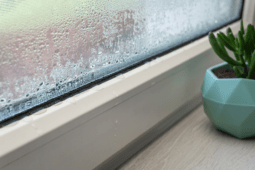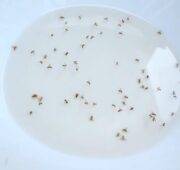5 Effective Alternatives to Melt Ice Without Salt
Winter’s icy conditions often lead to slippery sidewalks and frozen driveways. While salt and chemical ice melts are common solutions, they can harm the environment, damage surfaces, and pose risks to pets. Fortunately, there are many effective and eco-friendly alternatives for melting ice. Whether you’re looking to reduce your environmental impact or need a backup plan when salt runs out, these methods will help you tackle ice safely and creatively.
1. Sand and Grit: A Reliable Choice for Traction
When it comes to ice management, melting isn’t always the goal—sometimes traction is all you need. Sand, gravel, or kitty litter can provide grip on icy surfaces, reducing the risk of slips and falls. While these materials won’t melt the ice, they create a safer surface to walk or drive on.
Sand is particularly effective because it is readily available and environmentally friendly. When spread evenly, it adds texture to the ice, making it less slippery. Kitty litter works similarly but has the added benefit of absorbing moisture, which can slightly reduce the formation of additional ice. However, cleanup may be necessary once the ice has melted, as these materials can leave residue behind.
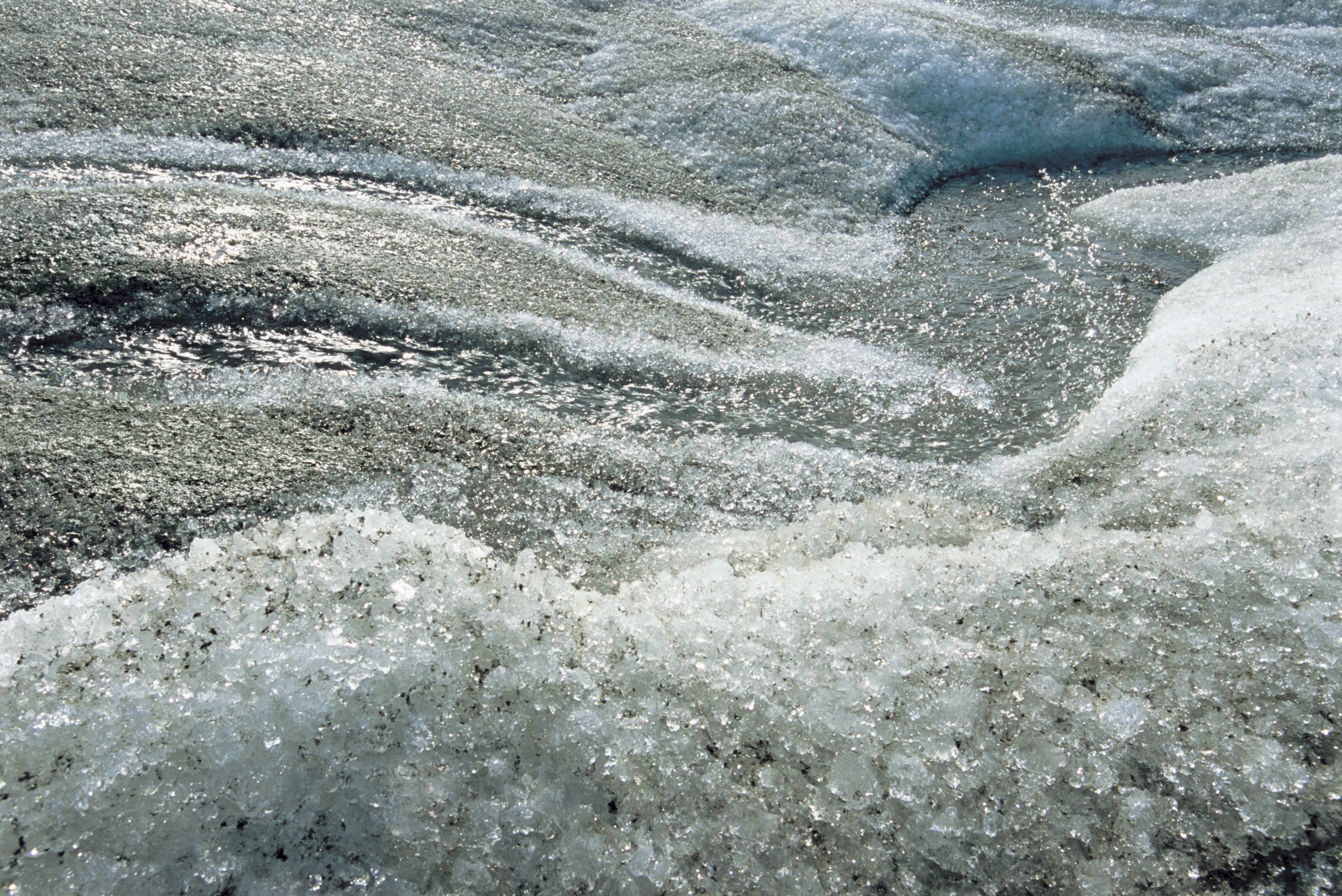
2. Warm Water Mixed With Rubbing Alcohol
If you want a quick way to break down ice, a homemade solution of warm water and rubbing alcohol can be highly effective. The alcohol lowers the freezing point of water, helping to break apart the ice quickly and efficiently. To create this mixture, combine two parts of rubbing alcohol with one part of warm water and pour it over the icy area.
This method works well for smaller patches of ice, such as on stairs or near doorways. While it’s effective, it’s best to use this solution sparingly, as large quantities can run off into plants or lawns, potentially causing minor damage.
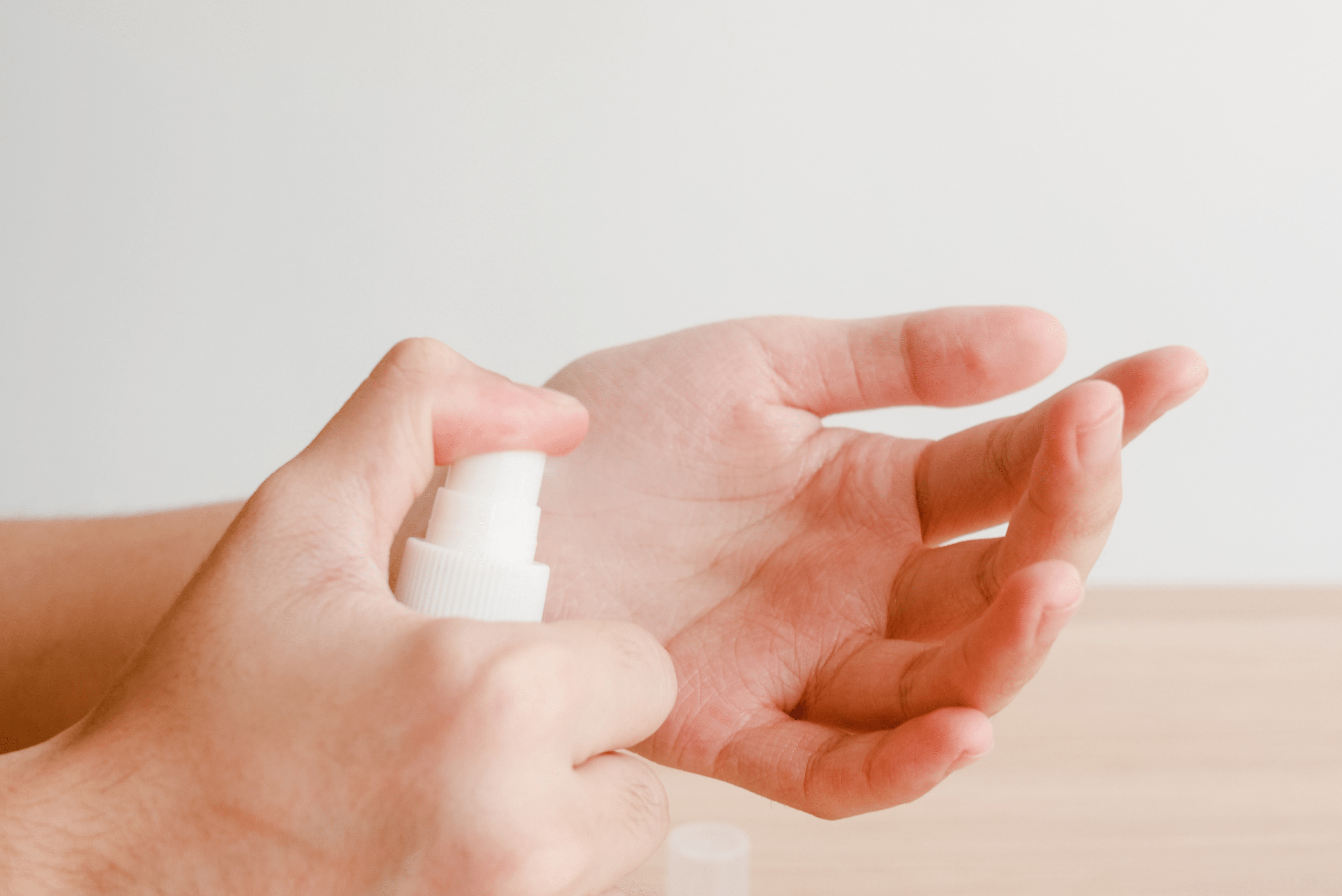
3. Beet Juice or Sugar Water
Beet juice is an unexpected but environmentally friendly ice-melting solution. Used by some municipalities to treat roads, beet juice works by lowering the freezing point of water and breaking up ice. It’s sticky but effective and poses no harm to plants or animals when used in moderation.
Sugar water works similarly, though it’s less powerful than beet juice. Both options can be made at home by mixing either beet juice or sugar with warm water. Apply the solution to icy surfaces to weaken the ice, making it easier to break apart with a shovel.

4. Coffee Grounds: A Surprising Ally
Used coffee grounds are another excellent way to improve traction on icy surfaces while promoting melting. The dark color of the grounds absorbs sunlight, helping to speed up the melting process on bright days. Additionally, coffee grounds provide grip, reducing the likelihood of slips.
To use this method, spread a thin layer of coffee grounds over icy walkways or driveways. This eco-friendly approach not only reuses waste materials but also enriches the soil as the grounds mix with the melting ice and snow.
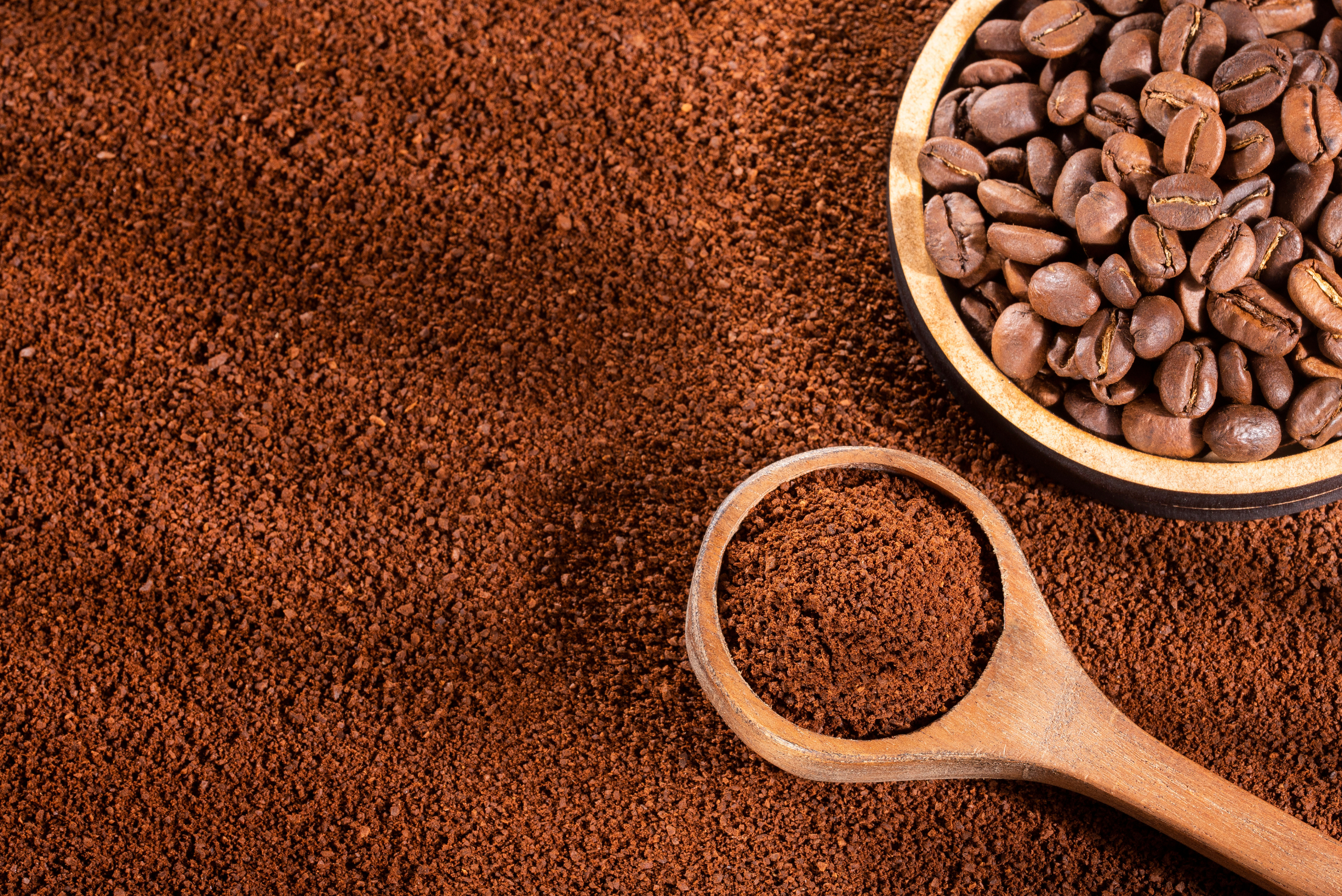
5. Baking Soda: A Household Hero
Baking soda is a versatile household item that can also help manage ice. Its alkaline properties lower the freezing point of water, aiding in the melting process. While not as fast-acting as salt or alcohol-based solutions, baking soda offers a safe and eco-friendly alternative.
To use baking soda, sprinkle it liberally over the icy area. It’s particularly useful for small, localized patches of ice. Unlike some other solutions, baking soda is safe for plants and won’t corrode concrete or metal surfaces.
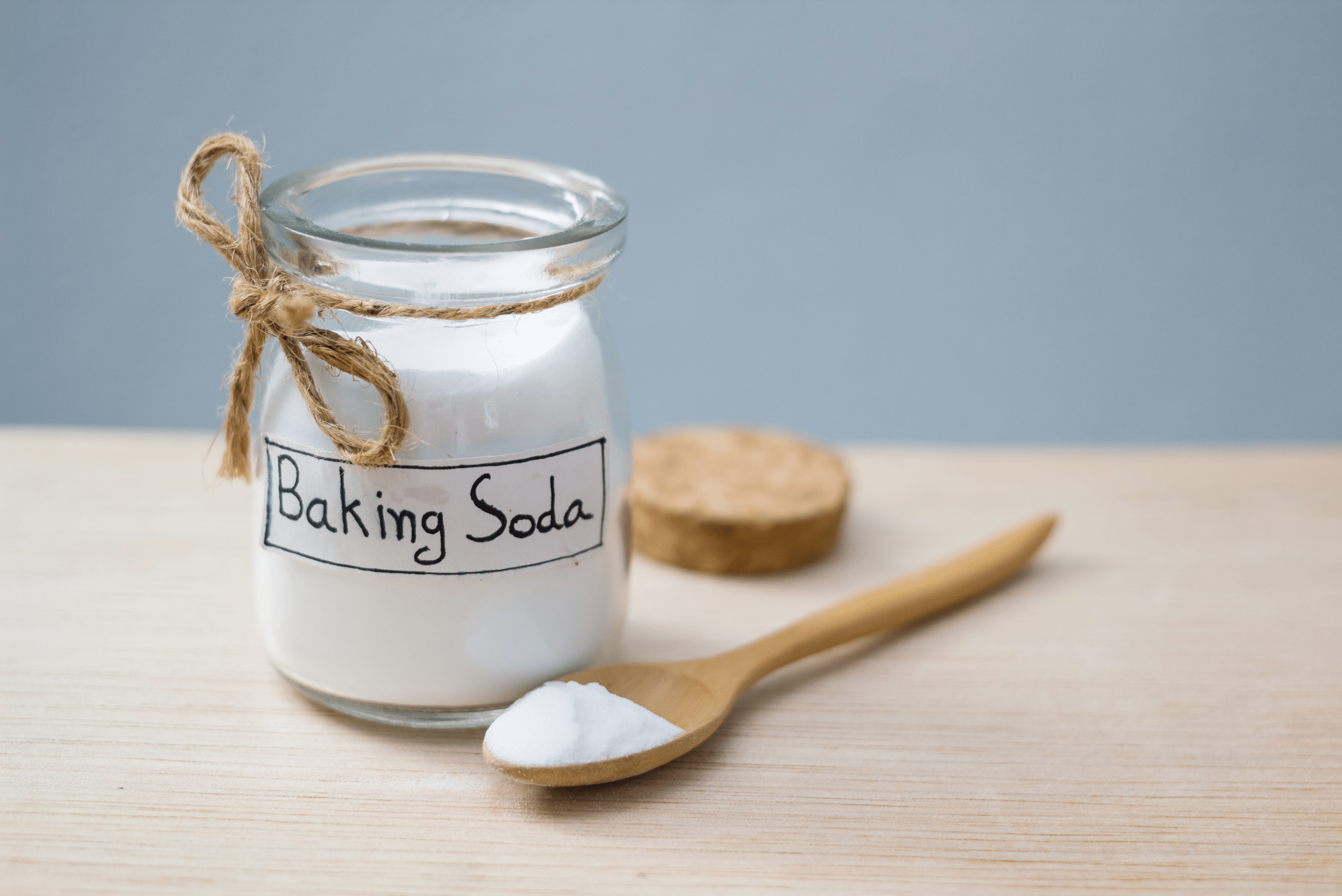
Related Articles
- Cold Weather Car Hacks to Make Winter Bearable
- Steps For Being Ready for a Blizzard
- Ice and Snow Removal Hacks You’ll Be Glad to Know
Managing ice without salt or chemical ice melt is easier than you might think. From natural traction aids like sand and coffee grounds to innovative solutions like beet juice and rubbing alcohol, there are plenty of ways to keep your walkways and driveways safe. These alternatives not only reduce environmental impact but also offer creative and practical solutions for winter weather. With a little preparation, you can tackle icy conditions effectively while protecting the environment and your property.




